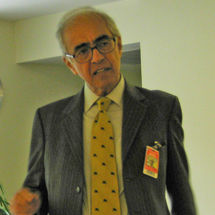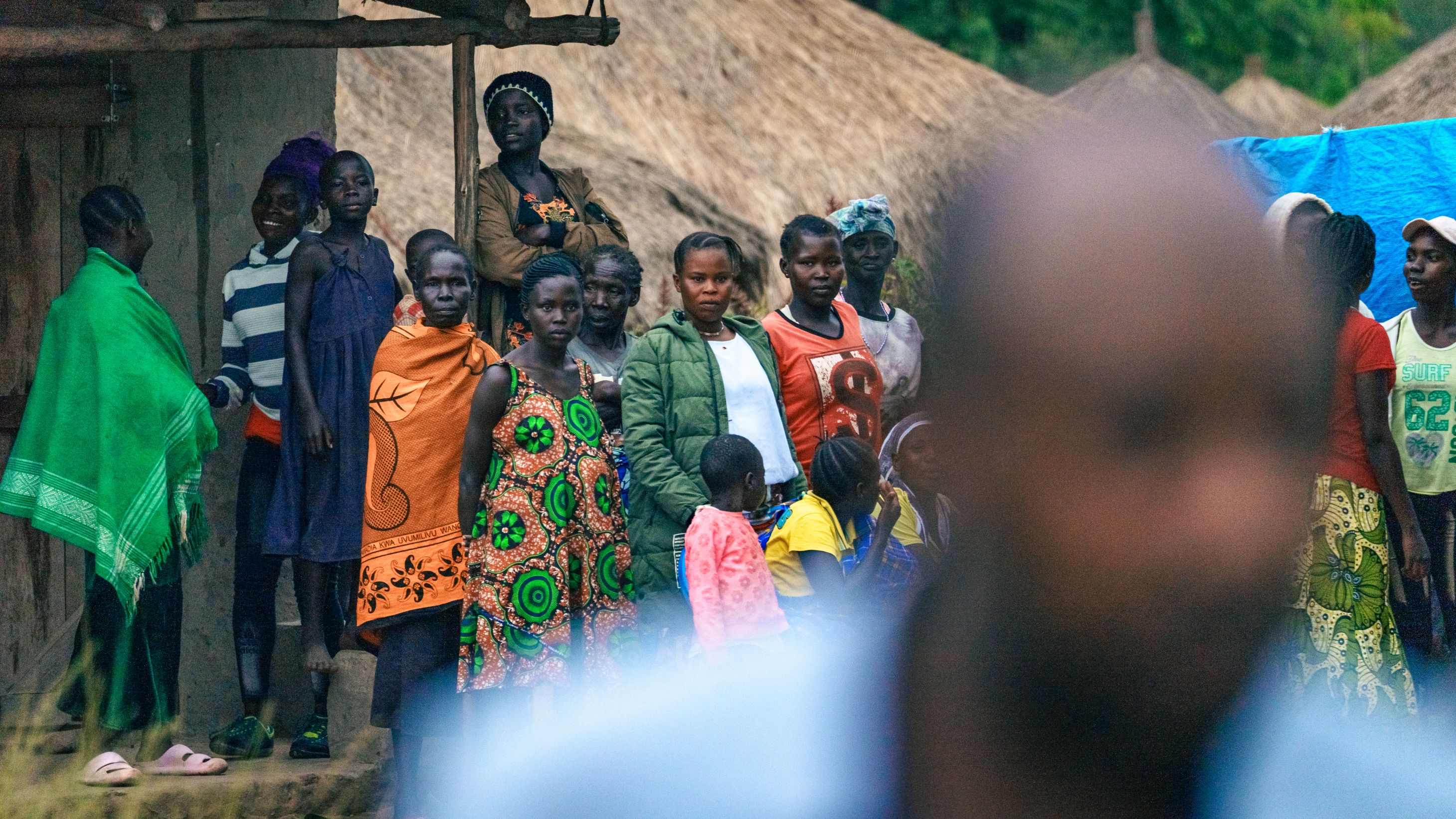
|
|
Chairman of Bombay First Narinder Nayar discusses the successful partnership that is transforming Mumbai. Photo: Iraj Hettiarachchi.
|
[26 April 2010] -- Bombay First Chairman Narinder Nayar today discussed the successful public-private partnership that is behind a massive effort to regenerate Mumbai at a Cities Alliance sponsored dialogue Washington D.C.
Bombay First, a non-governmental organisation based in Mumbai, is the catalysing force behind the process that eventually became the Mumbai Transformation Programme, a long-term initiative to transform Mumbai into a world-class city with a vibrant economy and an improved standard of living for all citizens.
Concerned by the gradual decline of Mumbai following almost 300 years of glorious history as the city of gold, representatives of the private sector formed Bombay First in 1995 with the goal of making the city a better place in which to live, work and invest.
In 2003, Bombay First commissioned the international management consulting firm McKinsey to prepare a study that assessed Mumbai’s strengths and opportunities and created a vision for transforming the city. The resulting Vision Mumbai 2003 report formed the basis for the initiative to transform Mumbai. This was subsequently endorsed by the government of the state of Maharashtra, of which Mumbai is the capital,Indian Prime Minister Manmohan Singh and the World Bank.
Today, the Mumbai Transformation Programme comprises more than 40 projects to improve economic growth in Mumbai, reduce poverty and enhance quality of life for residents, especially slum dwellers. The projects are coordinated and monitored by the Mumbai Transformation Support Unit (MTSU), which was established in 2005 as a special unit of the All India Institute of Local Self Government with the support of the Cities Alliance, the World Bank and USAID.
The Mumbai Transformation Programme supports and is supported by the Jawaharlal Nehru National Urban Renewal Mission (JNNURM), a flagship programme launched by the Indian government in 2006 to provide infrastructure financing as an incentive for urban reform.
Elements of a successful public-private partnership
In the process of developing its transformation strategy, the city had identified a number of challenges in the areas of planning, governance, implementation, housing, transport, climate change and security. These challenges included an inadequate transport structure, high real estate prices, unplanned and haphazard development, rising sea water, and a combination of 17 agencies running the city. In addition, some 60 per cent of the city’s populations lived in slums.
Several factors have been crucial to the success of Bombay First’s initiative to transform Mumbai, Mr. Nayar said in his remarks. These factors included:
-
The support of the Chief Minister of Maharashtra. The key to turning the McKinsey study into an effective plan for action was obtaining the support of the Chief Minister of Maharashtra prior to commissioning the report, Mr. Nayar stressed. After the report was completed in 2003, the Chief Minister established a task force to finalise it and move the initiative forward. He also established a Citizen’s Action Group to follow up on the implementation of the initiatives and an Empowered Committee, which includes government officials and representatives of the private sector that meets once a month to monitor progress.
-
The commitment and involvement of stakeholders. Committed citizens were involved in the regeneration of Mumbai right from the beginning. After the private sector spearheaded the commission of the McKinsey report, citizens from a cross-section of society—including slum dwellers—continue to participate in and monitor the process through the Citizen’s Action Group, which is chaired by the Chief Minister of Maharashtra. This emphasis on dialogue and discussion has kept all stakeholders involved in the process, Mr. Nayar noted.
-
A durable system that can survive political changes. By establishing mechanisms such as the task force, Empowerment Committee, and Citizen’s Action Group, the initiative to transform Mumbai was able to survive three chief ministers, five chief secretaries, and three Mumbai Metropolitan Region Development Authority (MMRDA) commissioners.
-
Media support. By covering urban issues, the local media played an important role in building both public awareness and support for the regeneration initiative in Mumbai.
Mr. Nayar also noted that Bombay First has continued to undertake initiatives related to improving the city, including organising three summits on urban security after the November 2008 terrorist attack on Mumbai and an international conference on urban issues titled “Megamorphosis: A Vision for the City of Dreams” in November 2009.
For More Information
- Download Mr. Nayar’s presentation “Bombay First –Public Private Partnership Success Story for Regeneration of a Megapolis” (2.9 MB
)

- Visit the Mumbai Transformation Support Unit website: www.visionmumbai.org
|
Fast Facts about Mumbai
About Mumbai’s Economy:
|




